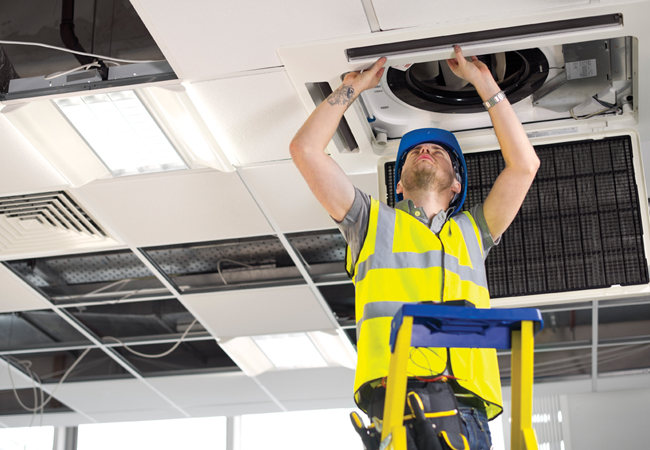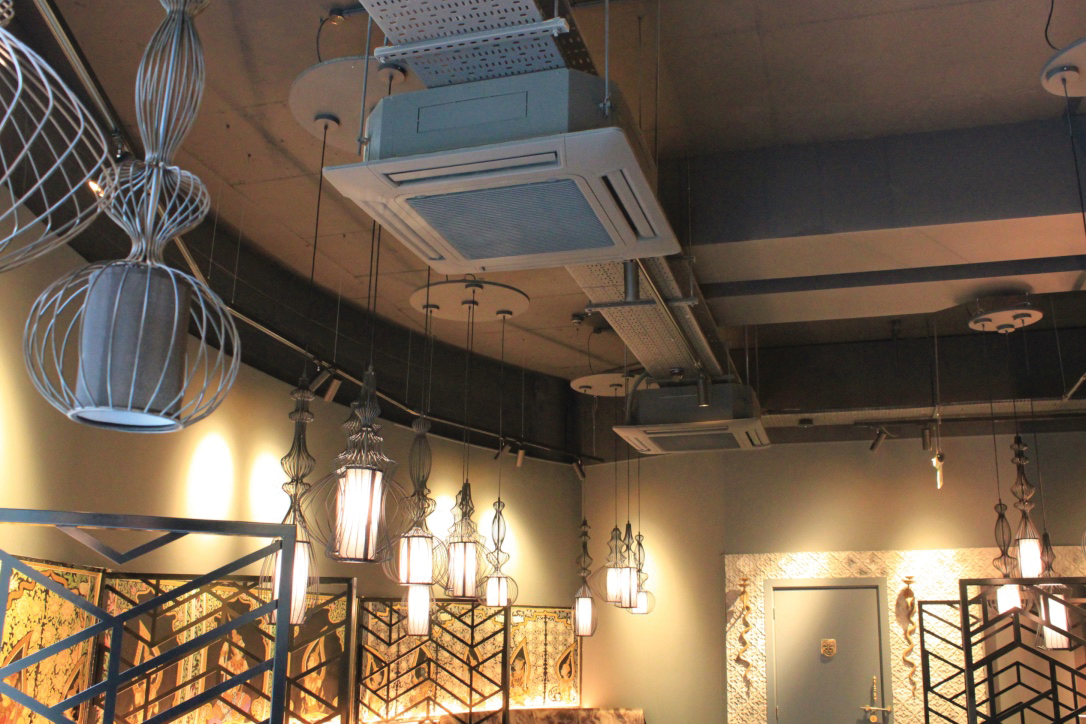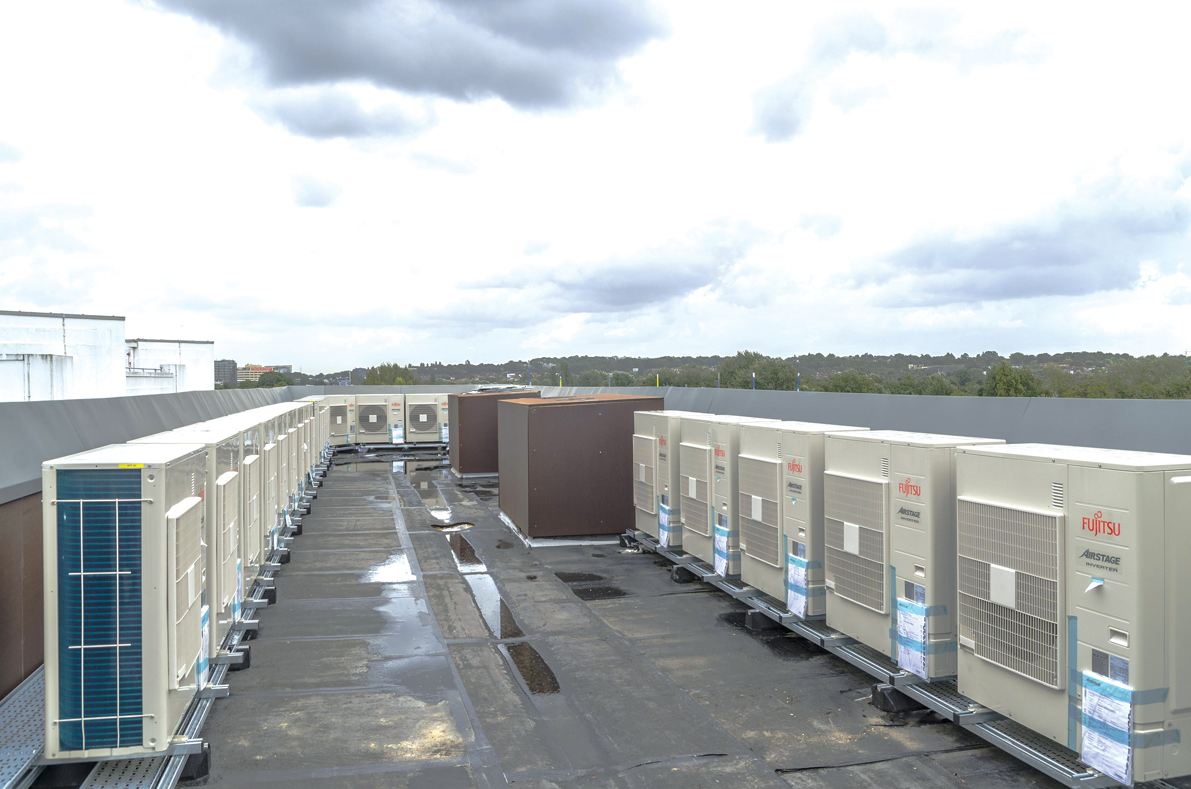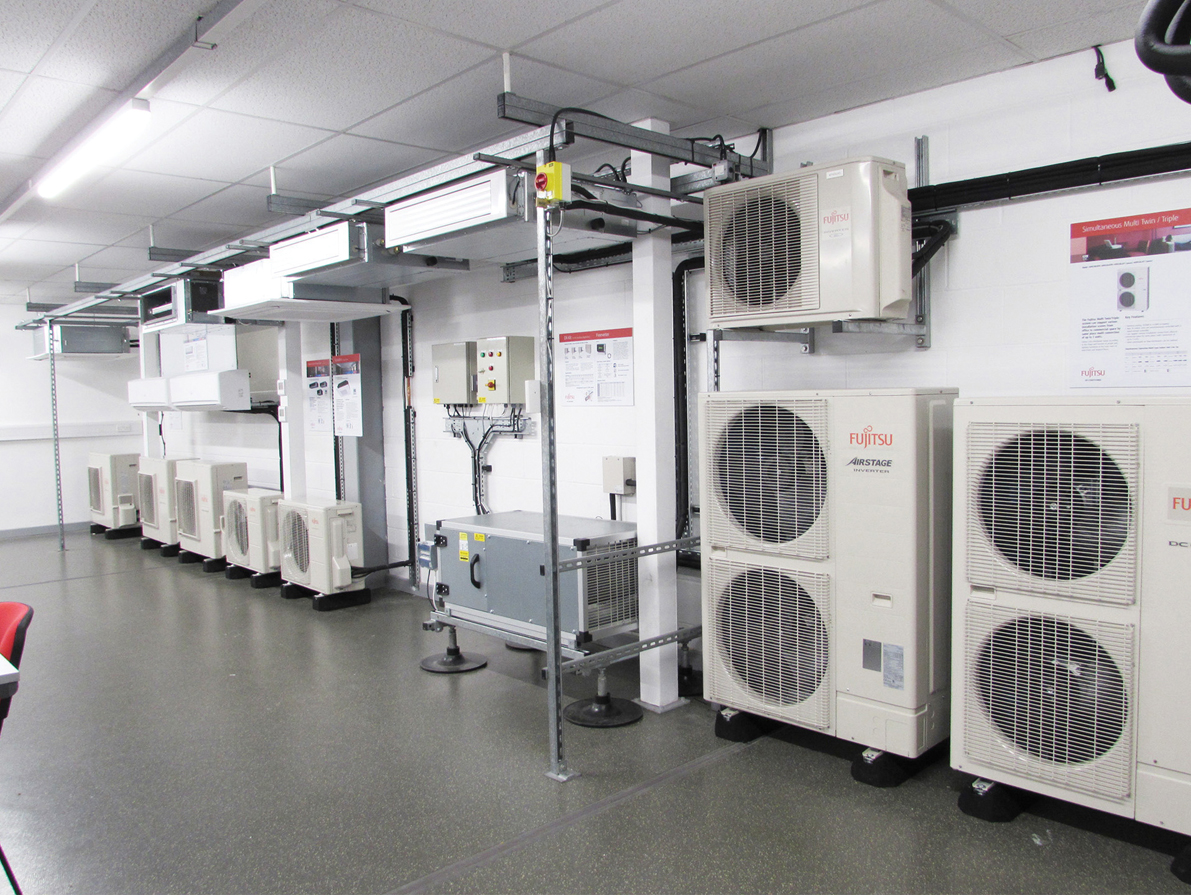
Although air conditioning commissioning varies depending on the type of equipment installed and the application in hand, the principle remains the same, with the same considerations applying throughout the duration of a project.
First, commissioning should not be left until the end of an installation; it needs to be considered throughout the system design process, as it is just as important as positioning the units correctly.
It is crucial to factor commissioning time into a project, as a system cannot be switched on until the process has been completed. Building owners may be piling on the pressure and demanding units are activated as soon as possible but, without suitable commissioning, the system could be inefficient, develop faults – or even not function at all.
Indeed, many common issues associated with commissioning are usually related to time constraints. If a project has been rushed or has overrun, there may have been mistakes made during the installation process, such as incorrect wiring or configuration settings. In addition to any mechanical and electronic issues, it is equally important that everyone involved in a project is shown how to correctly adjust controls.
Addressing the issues
‘Addressing’ the system, to ensure that indoor and outdoor units ‘talk’ to each other, can be another problematic area, especially in larger applications, where the process becomes more involved. The best time to address outdoor units, for example, is when wiring the system, as the covers will already be removed.

As air conditioning technology has advanced, VRF systems, in particular, have become simpler to commission. However, it is still important to check all units are connected and talking to the correct corresponding units in the system, otherwise there could be communication issues between external and internal units.
After all, nobody wants operators thinking they are adjusting the settings for a wall-mounted unit in one room, when they are actually reprogramming a ducting unit in a different area of the building.
Many systems now offer ‘auto-addressing’ in addition to manual, but beware – this does not address in a logical way; this can lead to adjacent rooms being wide apart on any numbering collateral, adding an extra complication for service engineers to deal with.
Value engineering v design intent
Another issue to be wary of is value engineering undermining design intent. For example, stretching the capacity of a VRF system too far can result in it running below its intended capacity. While it is common to apply system diversity up to 120% for cooling – because not every space needs 100% capacity at all times of the day or year – anything higher should immediately start ringing alarm bells. In other words, a 30kW outdoor unit shouldn’t be connected to 45kW of indoor equipment.

This ‘over indexing’ of VRF systems to take account of building diversity is fine for cooling. However, if the same system is also going to supply heating for the building, over indexing the system is not recommended because, on a Monday morning after an unoccupied weekend, on a designated heating day in the middle of winter, the building will need every kW of heating capacity possible. If the outdoor VRF units have been undersized or over indexed, it will take much longer to get the building up to the required temperature.
This type of scenario usually arises because budget constraints dictate that only one outdoor unit can be afforded. Should this be the case, calculations need to done to ensure that the amount of indoor units do not exceed the 120% capacity recommendations. Care should also be taken over ducted units and the duct runs between them, as incorrectly sizing these can affect capacity, as well as reliability.
Controls also need to be considered carefully, especially in terms of the area requiring heating and cooling. For example, there have been scenarios when a large open-plan area has a VRF system set to cooling on one side of the room, but heating on the other – therefore cancelling each other out.
Other considerations
Air conditioning systems also need to be suitably prepared before commissioning takes place. One important aspect is the condition of the refrigerant pipework, as it is essential there is no air inside it and, in turn, no moisture is present. To ensure this is the case, systems should be in an evacuated condition prior to commissioning, having spent at least 12 hours held in a vacuum state before being signed off.
Systems should be in an evacuated condition prior to commissioning, having spent at least 12 hours held in a vacuum state before being signed off
Another crucial element is to power up the outdoor units 24 hours before commissioning takes place. Doing so energises the compressor, which then helps to remove any liquid from the system.
To aid with the commissioning process, system service software is available, which allows engineers to check that all address settings are correct, as well as view all the temperature and pressure readings from the condensers. Fujitsu has its own software, Service Tool, for commissioning VRF systems. Service software works by plugging a laptop into the system before checking all relevant components.

It is crucial to factor air conditioning commissioning time into a project
Furthermore, any system’s installation must be compared to its design schematics, with visual checks made to ensure pipework and fittings are correct before building work renders them inaccessible. Pipework also needs to be supported correctly and well insulated, with any separation tubes and refrigerant branch boxes fitted at the angles advised in the installation manual.
So, while air conditioning offers cost-effective, as well as energy efficient, heating and cooling in the long term, this is only possible once a system has been suitably commissioned. By adhering to the standards outlined above (and ensuring regular servicing), equipment should operate correctly and to its full potential throughout its lifespan.
■ Martyn Ives is the technical training manager at Fujitsu
